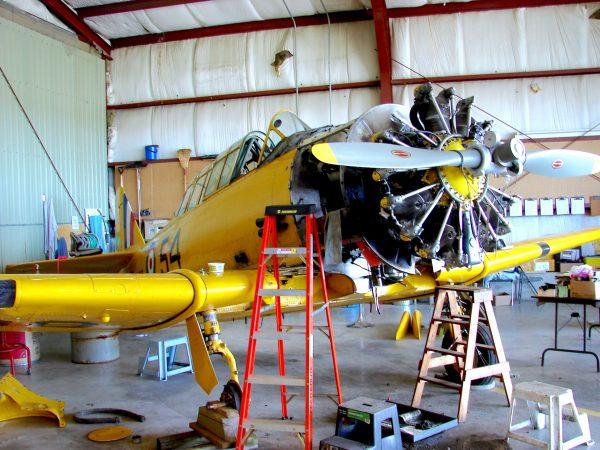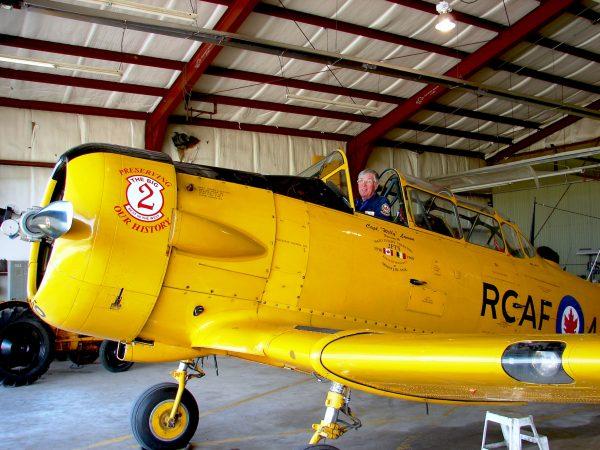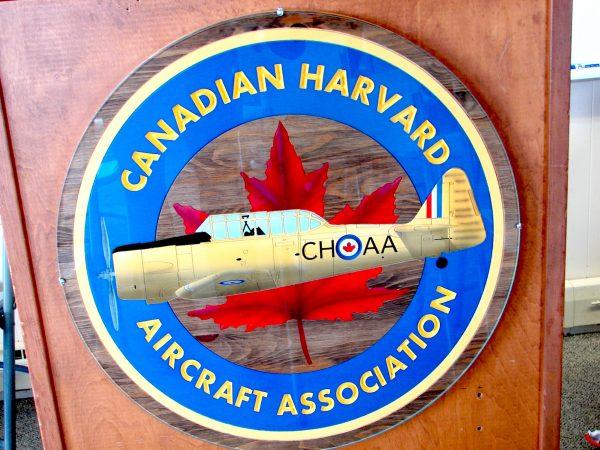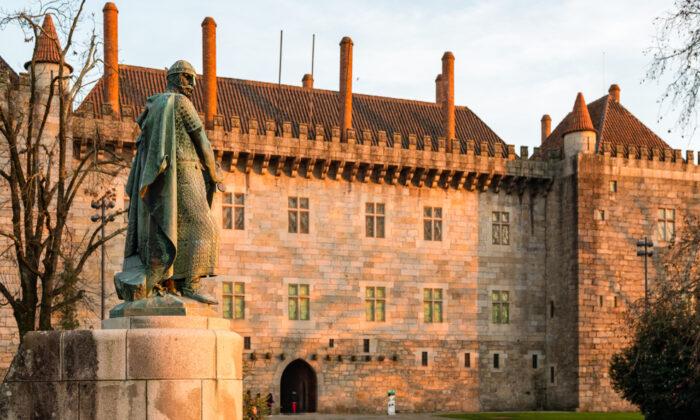The approach of Remembrance Day provides the perfect opportunity to remember the Harvard, an aircraft used to train British Commonwealth pilots here in Canada during the Second World War.
This endeavour was called the British Commonwealth Air Training Plan, and it remains the most ambitious flight training program in Canadian history.
The mission of the Canadian Harvard Aircraft Association (CHAA), formed in 1985, is “to acquire, preserve, restore, maintain, display and demonstrate the Harvard aircraft and other aircraft associated with the British Commonwealth Air Training Plan and other training aircraft of the RCAF.”
History of the Harvard
During the Second World War it was decided that Canada would be the safest place to train British Commonwealth pilots, and the Harvard was chosen for the job. This aircraft became the advanced single-engine trainer for the more than 130,000 aircrew who earned their wings here in Canada.The distinctive roar of the Harvard—which comes from its 600 horsepower Pratt & Whitney nine-cylinder radial engine coupled with its nine-foot Hamilton standard propeller—was regularly heard in Canadian skies during 1940–1945.
The Harvard was often referred to as “The Yellow Peril.” The planes were yellow in colour for better visibility and to indicate they were training aircraft. They became a common sight in Canada’s airbases during the war. The first graduates of the training program received their wings at Camp Borden in Ontario in 1940.

Tillsonburg Facility
I toured the Tillsonburg facility with Mel Blundell, one of the volunteers and a member of the CHAA. He showed me a short, informative film about the history of the Harvard and then took me around their present location in the Tillsonburg Regional Airport.I saw several Harvards that are being serviced and restored, and I learned that the planes are still used in air shows. At some of these shows it’s possible to fly in one of the vintage aircraft for a fee of about $350.00 plus a membership in the CHAA. Mel said that often people will renew their membership each year because they’ve become fans and want to support the preservation of the planes. In return for their generosity, members receive a quarterly pamphlet titled “Roar of the Harvard.” After all, the CHAA is “Canada’s grassroots organization dedicated to keeping ‘em flying.”
Harvard pilots do their formation training in Tillsonburg. While touring the facility, I checked out the Link Trainer flight simulator that is built in Gananoque, Ont.—and still used today—and realized I’d feel very claustrophobic inside it!
There’s a dedicated group of volunteers associated with the facility, including a restoration team that spends countless hours repairing and reconstructing these old aircraft, ensuring that the planes are in pristine and airworthy condition. There’s also a maintenance crew that keeps the planes in perfect working order, a service-crew team that provides ground and logistical support, a dive-recovery team that attempts to recover missing aircraft lost underwater, and, of course, the flight-operations team—the pilots themselves.

Remembrance Day
For Remembrance Day, the Harvards are usually involved in planned flybys in Ontario, including over Toronto City Hall. Indeed, as stated in the CHAA’s mission, the Harvards continue to fly “as a symbol and reminder of all who served to preserve our freedom and as a living memorial to those who made the supreme sacrifice.”If a visit to Ontario’s Oxford County is in your future plans, you might want to check out the Harvard planes and this fascinating bit of aviation history in Tillsonburg. There’s also a book available, “The CHAA Story,” documenting the history of the Canadian Harvard Aircraft Association.










Friends Read Free